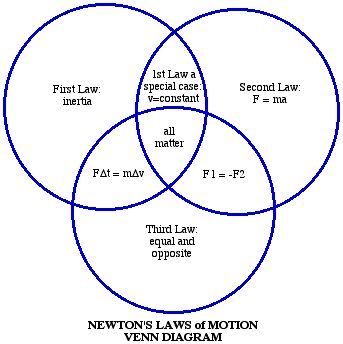Making Student Thinking Visible
Visible Thinking:
It is very difficult to know what's going on inside a student's mind unless
pains are taken to promote "visible thinking." (See this topic in
How People Learn: Brain, Mind, Experience, and School.) Visible thinking
plays an important role in physics teaching, and is the focus of the white
boarding
and Socratic questioning involved in the Modeling Method of Instruction. Having
students demonstrate via performance what they know is also the foundation
of
constructivism. Students don't come to class as a "tabula rasa",
a blank slate. They bring with them preconceptions. As a result of our teaching,
sometimes students develop misconceptions. Discussions, especially student
responses to well-prepared teacher questions, can help shed light on what
students understand
(knowledge and beliefs) and feel (dispositions). Questioning, when properly
done, can promote the thought processes most closely associated with inquiry.
By making students' thinking visible (e.g., having them articulate steps during
a thought process), it provides the teacher an opportunity to:
- determine what students know, believe, feel
- identify preconceptions and misconceptions
- assess the quality of conceptual understanding
- assess the relationships between key concepts and interaction skills
- identify factual errors
- refine student thinking
- help students reflect on their own thought processes
- provide students opportunities for metacognition and self regulation
- evaluate and improve instruction
- assess the ability of students to transfer learning to new situations
Procedures for Making Student Thinking Visible
There are any number of inquiry-related procedures that can be used to make
student thinking visible:
Here are fifteen effective techniques for questioning
that all teachers should hone and perfect, that are central to the questioning process.
Bloom's Taxonomy and Rhodes'
Typology are good sources of question types that can be used to elicit visible
thinking. In addition, the intellectual tasks inspired by physics education
research (TIPERs, a 60-kB PDF) (also available at http://www.tycphysics.org/TIPERs/tipersdefn.htm)
also can be used to promote visible thinking.
